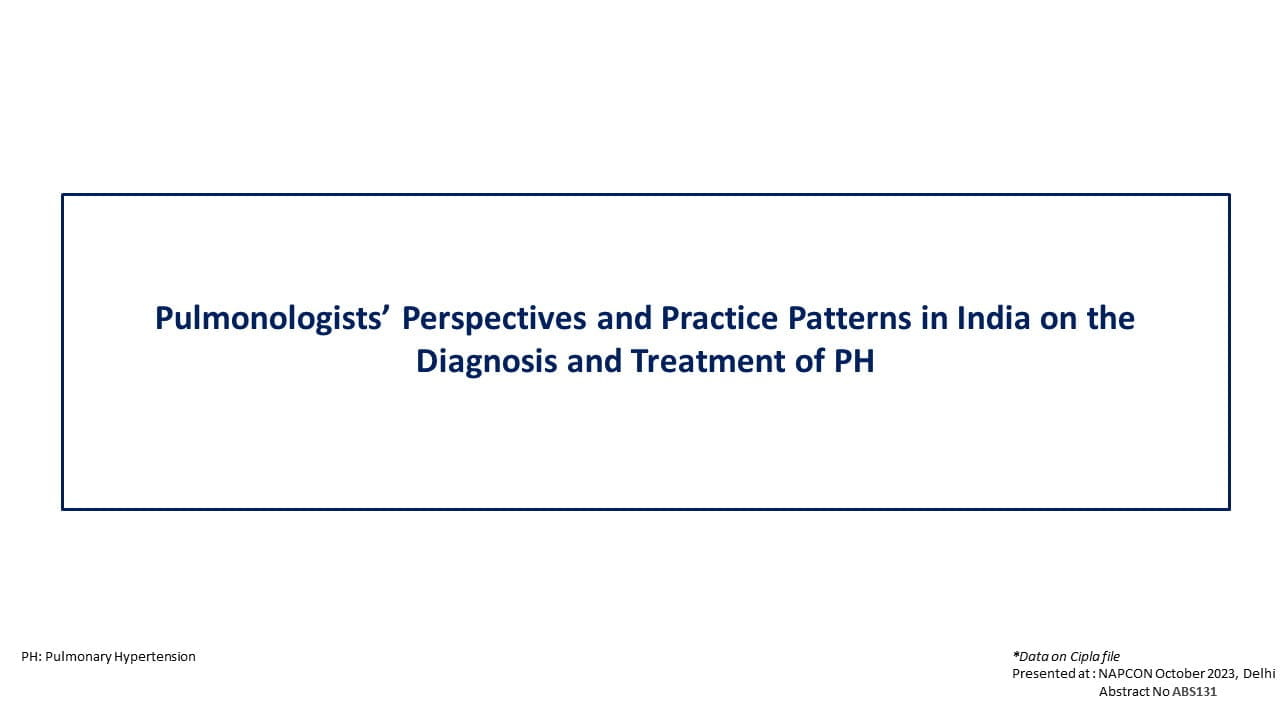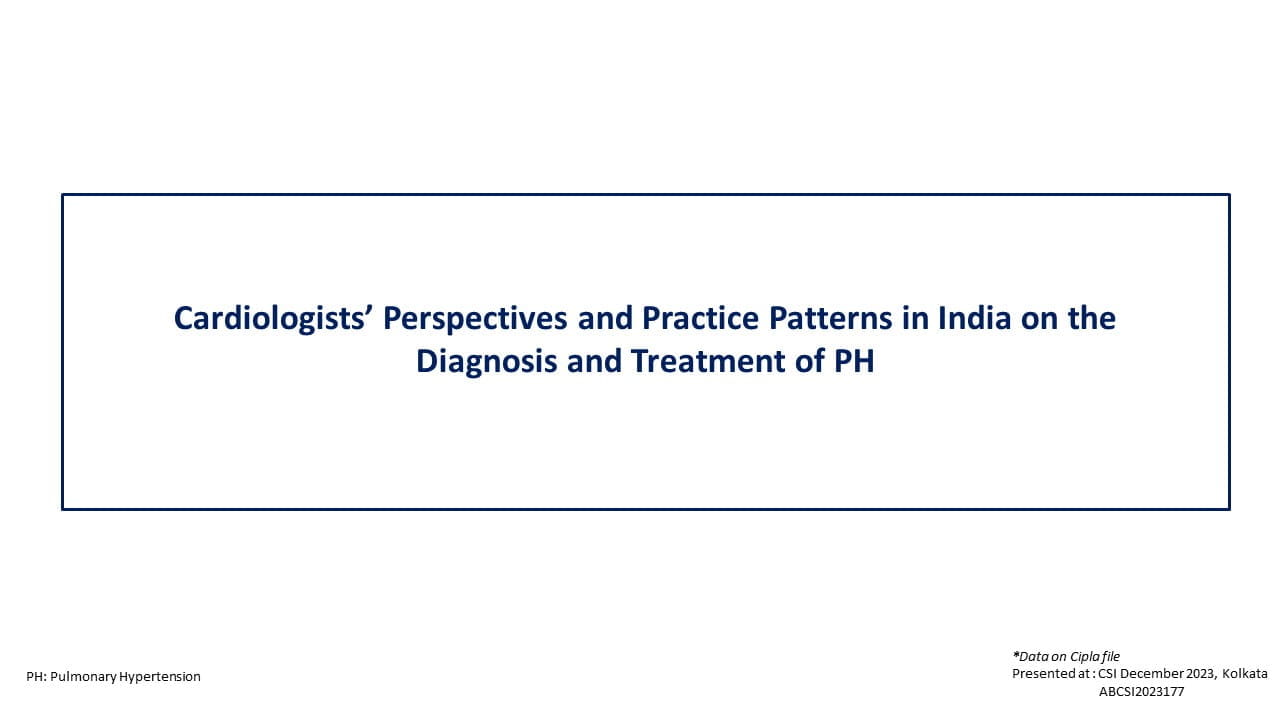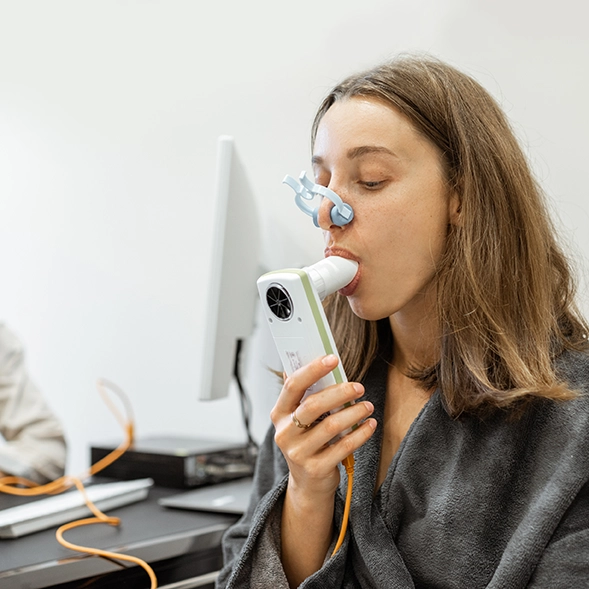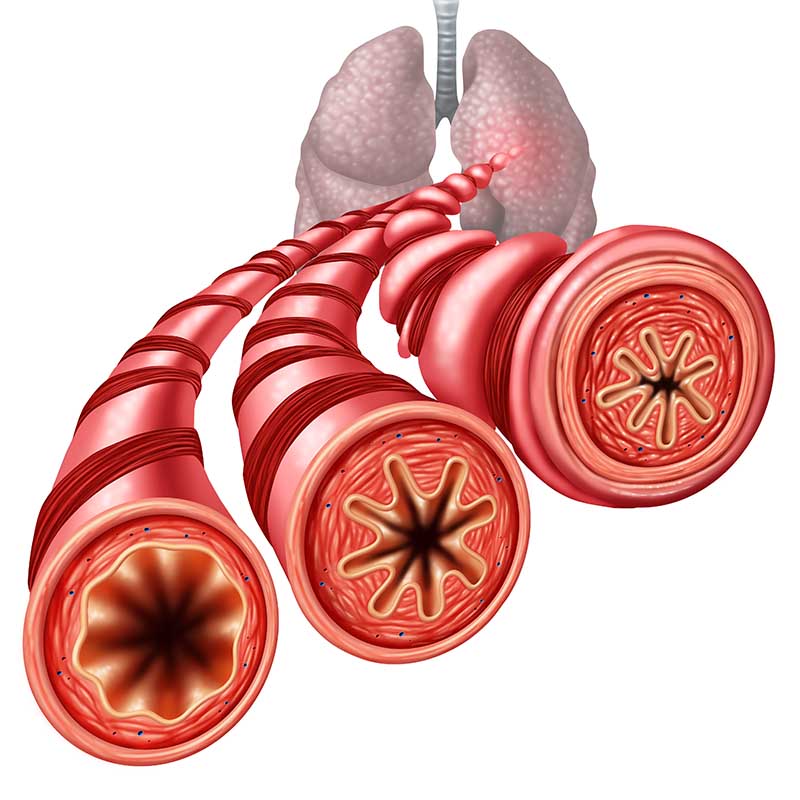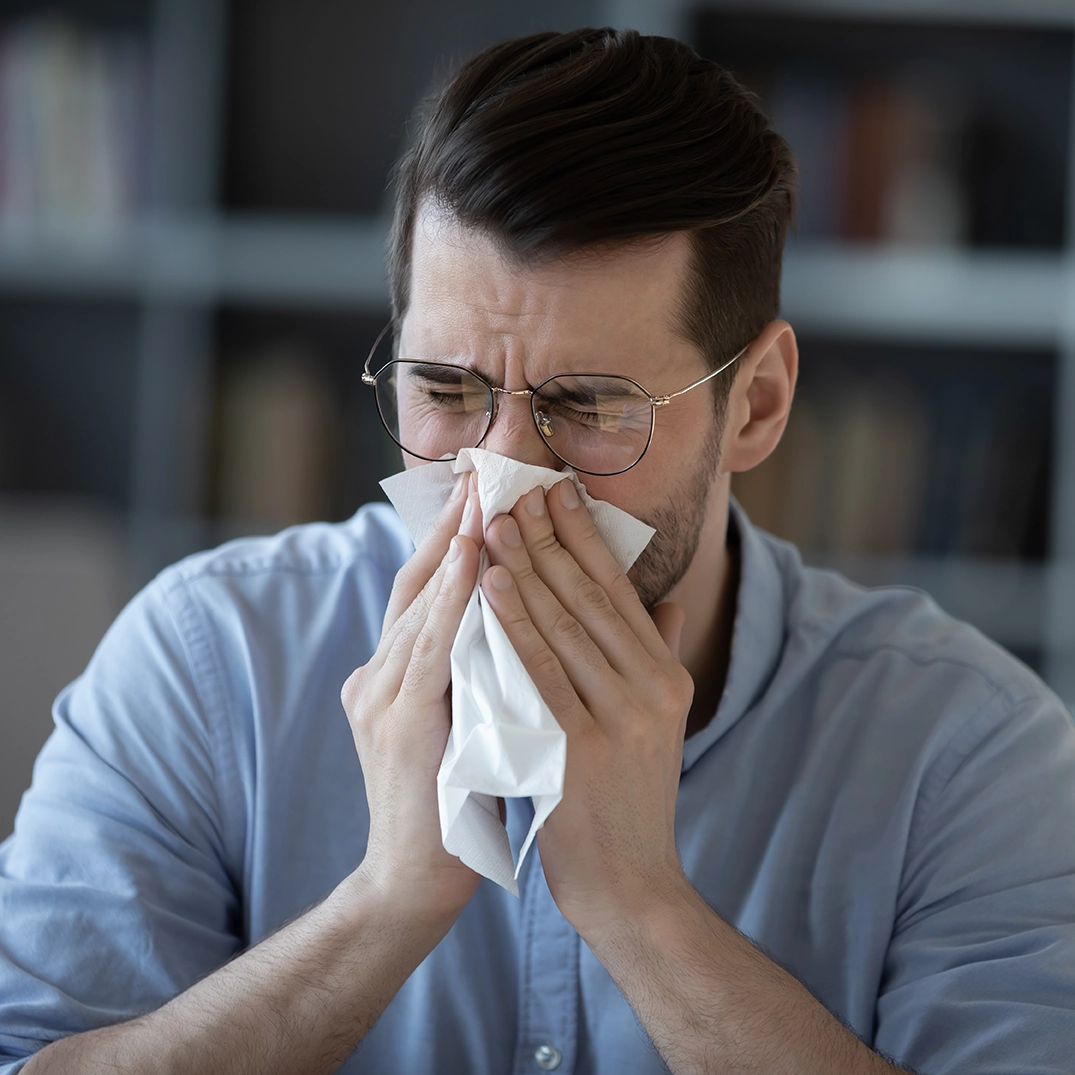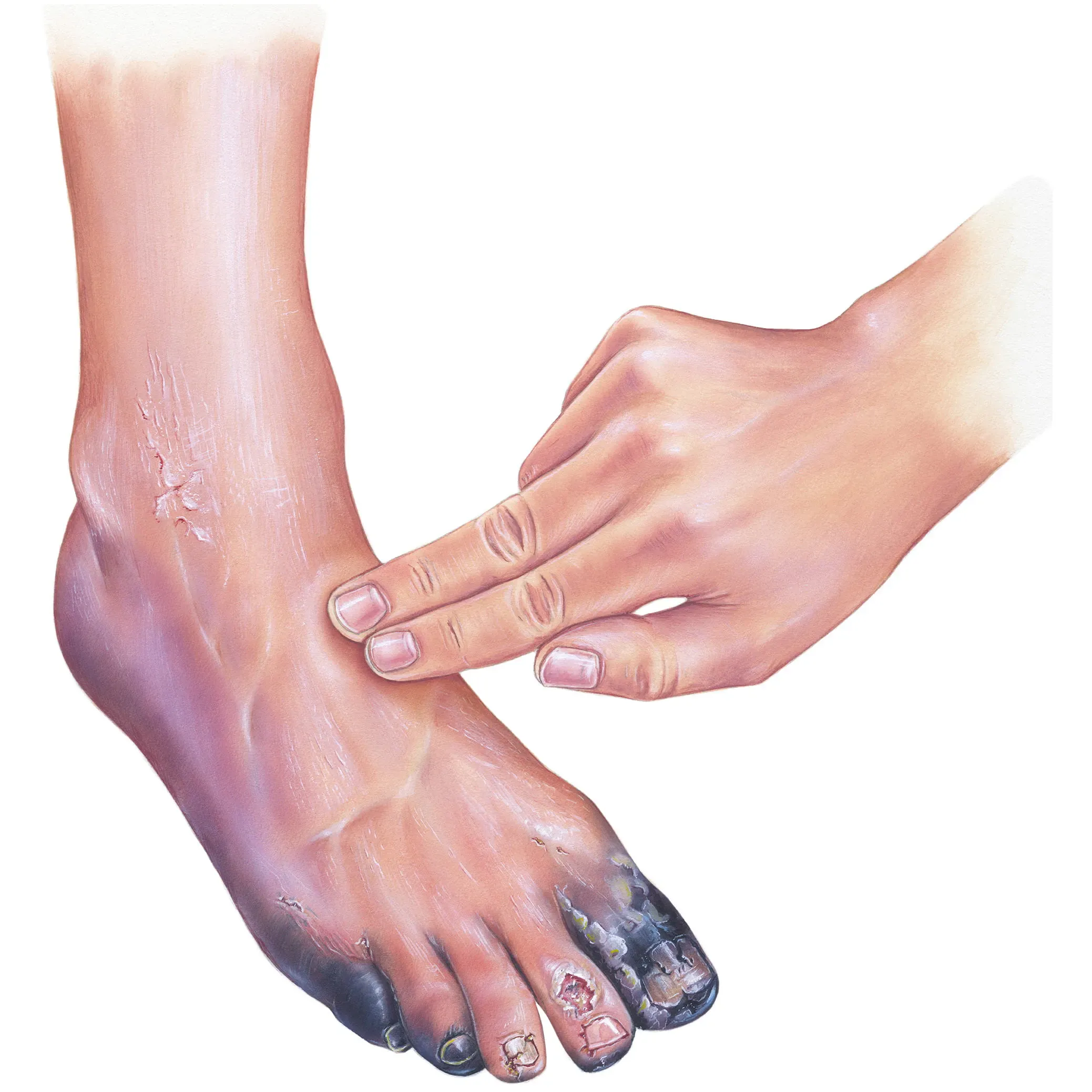Introduction
Pirfenidone (PFD) is a broad spectrum antifibrotic drug that modulates the activity of multiple cytokines, such as TGF-β, TNF-α, EGF, PDGF, VEGF, IGF-1, FGF, interferons, and interleukins (IL-1, IL-6, IL-8). Its efficacy has been established through both in vitro and in vivo studies.
Aim
The aim of this study is to assess the safety & efficacy of an 8% concentration of PFD (5-methyl-1-phenyl-2- pyridone) gel in the treatment of hypertrophic scars resulting from burns of various causes.
Patient profile
Paediatric patients with hypertrophic scars with severe pathologic scars (VSS 9-13) not previously treated with any kind of corrective treatment or drug
- Age range from 3-16 years
- Scar evolution time from 3 to 36 months
Methods
- Open, controlled, prospective, and pilot clinical trial
- 33 pediatric patients with burn scar were treated with 8% PFD gel 3 times a day for 6 months
- 8% PFD gel was topically administered in the scar area as a thin layer before cleaning with neutral soap, t.i.d. (every 8 hours) for 6 months, making sure that the gel was absorbed by the skin, and waiting for around 20 minutes before clothing.
- 30 patients were enrolled in the control group (standard conservative treatment based on pressure therapy)
- After 6 months of treatment, the efficacy of PFD was clinically evaluated using the Vancouver Scar Scale (VSS) and Visual Analog Scale(VAS
- VSS assessed burn scars based on four variables: vascularity, height/thickness, pliability, and pigmentation.
Table 1: Vancouver Scar Scale for Burn Injuries
|
Characteristic |
Points |
Measure |
|
Pliability |
0 |
Normal |
|
|
1 |
Supple |
|
|
2 |
Yielding |
|
|
3 |
Firm |
|
|
4 |
Adherent |
|
Height |
0 |
Normal |
|
|
1 |
1–2 mm |
|
|
2 |
3–4 mm |
|
|
3 |
5–6 mm |
|
|
4 |
6 mm |
|
Vascularity |
0 |
Normal |
|
|
1 |
Pink |
|
|
2 |
Red |
|
|
3 |
Purple |
|
Pigmentation |
0 |
Normal |
|
|
1 |
Slightly |
|
|
2 |
Moderately |
|
|
3 |
Severely |
- VAS is a photograph-based assessment tool that evaluates scars across four dimensions: pigmentation, vascularity, acceptability, and observer comfort, along with contour. Individual scores are summed to produce an overall score that ranges from "excellent" to "poor."
Results
- From the first month of treatment, patients in the PFD group exhibited a statistically significant regression of scars compared to their initial Vancouver Scar Scale measurements (P < 0.001)
- The monthly comparison of scar regression between both groups showed statistical significance between the treatments.
- Patients treated with 8% PFD gel t.i.d. experienced a higher improvement in VSS and VAS scores at every month’s determination, as compared with patients treated with pressure only. These differences were more noticed at the end of 6 months of the study (P=<0.001)
- Patients treated with 8% PFD gel three times daily showed greater improvements in VSS scores at each month compared to those treated with pressure alone, with scores of 9.24 vs 10.1 in month 1, 8.61 vs 10.07 in month 2, 7.7 vs 9.67 in month 3, 6.88 vs 9.43 in month 4, 6.24 vs 9.2 in month 5, and 5.88 vs 8.9 in month 6, with statistically significant differences observed at the end of the 6 months (P = < 0.001).
- Patients in pirfenidone group experienced 43% average decrease in VSS, wheareas patients in pressure tehrpay group ecperienced only a 16% decrease. (Figure 1)
Figure 1: Comparison between PFD group and pressure therapy group
- The parameters assessed using VSS indicated an improvement in scarring, with 27% reducing their Vancouver score by over 55%, 67% achieving a reduction of 30% to 45%, and 6% experiencing a decrease of 30% or less In contrast, all patients undergoing pressure therapy experienced <30% decrease in VSS score.(Figure 2)
Figure 2: Improvement of the Scar at the End of Treatment
Safety Results
- Minor adverse events such as rash and local erythema were reported in 4 individuals (12%) after PFD application; these symptoms were transient and resolved within one hour
- Furthermore, PFD treatment did not significantly impact laboratory parameters, including aspartate aminotransferase, alanine aminotransferase, hemoglobin, and platelet counts
|
Serum Safety Levels |
Basal/Final |
Average |
|
Hemoglobin (g/dL) |
13.1/13.3 |
13.1 |
|
Platelets (per mm3) |
288515/310121 |
306788 |
|
AST (U/L) |
25/26 |
25 |
|
ALT (U/L) |
20/20 |
20 |
PFD indicates pirfenidone; SD, standard deviation; AST, aspartate aminotransferase;
ALT, alanine aminotransferase.
Conclusion
Pirfenidone is a safe and effective medication for the treatment of fibroproliferative conditions, including pathological skin scars such as hypertrophic scars. It can be applied regardless of the duration of scar development or the location of the injury.
Reference
Ann Plast Surg 2012;68: 22–28


